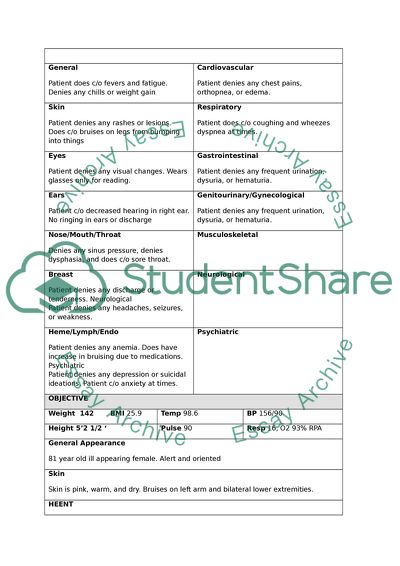Cite this document
(Expanded SOAP Note Analysis Case Study Example | Topics and Well Written Essays - 2000 words, n.d.)
Expanded SOAP Note Analysis Case Study Example | Topics and Well Written Essays - 2000 words. https://studentshare.org/health-sciences-medicine/1739967-expanded-soap-note
Expanded SOAP Note Analysis Case Study Example | Topics and Well Written Essays - 2000 words. https://studentshare.org/health-sciences-medicine/1739967-expanded-soap-note
(Expanded SOAP Note Analysis Case Study Example | Topics and Well Written Essays - 2000 Words)
Expanded SOAP Note Analysis Case Study Example | Topics and Well Written Essays - 2000 Words. https://studentshare.org/health-sciences-medicine/1739967-expanded-soap-note.
Expanded SOAP Note Analysis Case Study Example | Topics and Well Written Essays - 2000 Words. https://studentshare.org/health-sciences-medicine/1739967-expanded-soap-note.
“Expanded SOAP Note Analysis Case Study Example | Topics and Well Written Essays - 2000 Words”. https://studentshare.org/health-sciences-medicine/1739967-expanded-soap-note.


